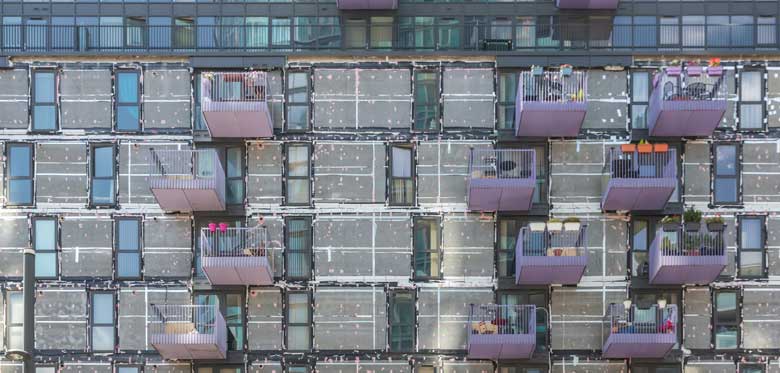In June 2017 the country watched as flames ripped through Grenfell Tower, destroying peoples’ homes. There is no doubt that it was a horrific incident which led to 72 deaths and many more injured. Everyone living in the block of flats lost their home that day. It was later discovered that the building was covered in combustible cladding which caused the fire to spread at an alarming rate. Due to this, further investigations were carried out into the cladding and other blocks of flats were inspected to try and prevent a similar tragedy in the future.
The investigations showed that many other blocks of flats were unsafe. This has led to safety improvements being carried out to the buildings, but who is funding these improvements? Unfortunately, thousands of flat owners are now facing large bills for the necessary improvements and higher insurance premiums. Many of them cannot afford the bills, despite the works being necessary, but are trapped because the flats are unsaleable until the works are carried out because no one wants to buy a property and take on large repair bills from the outset.
Although the government has set aside approximately £5.1 billion towards removing unsafe cladding from buildings more than 18m high, many say this does not go far enough. In February 2021 MPs voted against a bill to ban freeholders passing fire safety improvement costs on to leaseholders. This means that thousands of people are still at risk of being liable for huge bills to make necessary improvements to residential buildings to ensure that they are safe. It is currently unknown whether the money from the government will go far enough. Further to this, anyone living in lower-rise buildings (less than 18m high) will not have access to the government fund and will therefore may be liable for the improvement costs themselves. It has been reported that some people are having to pay in excess of £30,000 in relation to these works. Whilst the government are giving people access to a loan to help pay for cladding removal, they will still need to pay this back and will have this debt hanging over them for many years to come.
It should also be noted that the government fund is only in relation to the removal of unsafe cladding. Inspections have shown many other issues with buildings making them unsafe and a fire risk. These buildings need to be brought up to standard, meaning that even more leaseholders are at risk of receiving large bills for the necessary works.
Should leaseholders be liable for the costs? As the government rejected the bill to protect leaseholders further in February 2021, this ultimately depends on what it says in your lease. If you are facing a large bill relating to necessary works carried out to your home or the building where you live then we may be able to help. At Stephensons we have a specialist team who can consider your lease, contract and all relevant documents and advise you on your position and whether any action is available to you.
By Alysia Leigh, dispute resolution team



Comments